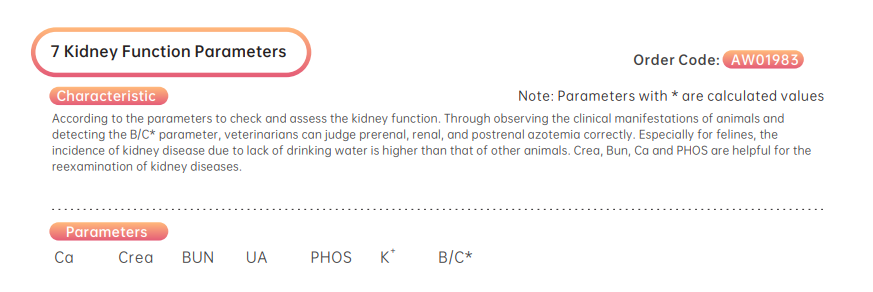release time:2022-09-01 16:59:39
The development of POCT is driven by the rising demand for clinical testing. Although traditional testing methods can meet the requirements of clinical testing in terms of test specimen volume, automated operation, accuracy of results, performance stability, etc.. However, they are unable to meet the requirements in terms of portability, testing speed, and complexity of the testing process. In the family health management and primary care institutions testing, large medical testing equipment is difficult to spread. We took the hospital market as an example and sorted out the demand for POCT products in some hospital departments.

1) Point-of-care testing can be used for examination of glucose metabolism disorders: fasting blood glucose test, oral glucose tolerance test, glycosylated hemoglobin determination, β-hydroxybutyric acid determination, lactate determination), and examination of dyslipidemia (specifically: total cholesterol determination, triacylglycerol determination, high-density lipoprotein, low-density lipoprotein determination.
2) blood electrolyte examination: potassium determination, sodium determination, chloride determination, calcium determination, total carbon dioxide determination, anion gap).
3) thyroid function measurements: thyroid stimulating hormone, tetraiodothyronine, free T4, triiodothyronine, free T3 measurements)
4) Pituitary hormone measurement (specifically: follicle stimulating hormone measurement, luteinizing hormone measurement), human chorionic gonadotropin detection.
Infection Medicine
1) Bacterial infection tests: rapid C-reactive protein assay, calcitoninogen assay, Mycobacterium tuberculosis assay, Helicobacter pylori assay, Legionella pneumophila assay, group A streptococcus assay, Staphylococcus aureus assay, Vibrio cholerae assay, Candida albicans assay, bacterial meningitis antigen assay.
2) viral infection testing: human cytomegalovirus antibody assay, rubella virus antibody assay, herpes simplex virus I-2 antibody assay, human rotavirus antigen assay, adenovirus antigen assay, dengue fever virus antibody assay.
3) parasitic infection detection: specifically including: Toxoplasma gondii antibody detection, Plasmodium falciparum detection.
4) viral hepatitis infection detection: hepatitis A virus, hepatitis B virus, hepatitis C virus.
Medical Oncology
1) Routine urinalysis: urine pathology, urine chemistry.
2) Glomerular filtration function tests: blood creatinine assay, blood urea assay, blood uric acid assay.
3) renal tubular function test: determination of urine osmolality.
4) early kidney injury detection: urine microclear protein determination.
Obstetrics and gynecology
POCT can be used for TORCH-IgM five-item test, anti-ovarian antibody test, anti-hyaline antibody test, anti-endometrial antibody test, anti-β-HCG gold standard early pregnancy test.
ICU

2022-03-10
Azotemia is an increase in the concentration of urea and creatinine and other non-protein-derived nitrogenous wastes in the blood due to impaired excretion of nitrogenous wastes by the kidneys, resulting in azotemia in pets.

2022-03-03
The in vitro chemistry analyzer is a very complex system. It includes an optical engine (consisting of a light source, geophones and other optical components), sample movement/flow control, automatic control and handling,

2021-10-26
Diet affects a variety of substances in the blood. For example, the concentrations of glucose (GLU), triacylglycerol (TG), ALP and phosphorus. Eating a high-protein diet one day before the blood draw can result in high urea nitrogen (BUN) and uric acid (UA) results. The increase in lipid concentrations in the blood, especially TG, after eating can lead to a milky cloudy serum, which can interfere with biochemical measurements. This may result in high results for bile acids, proteins, calcium and phosphorus. The results of amylase measurements are low.